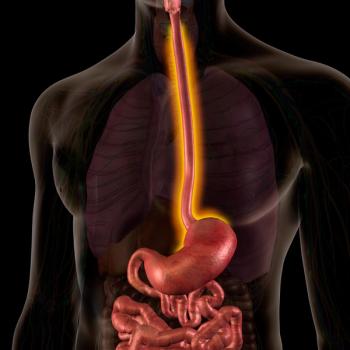
In call center management, customer service comes first
Everyone runs into troublesome customer service now and then. Youknow how frustrating it can become, and it probably inspires you tobe that much more careful when conducting business with your owncustomers. Certainly as consumers, we know the caveat emptorwarnings, but there is nothing so valuable as great service.
Everyone runs into troublesome customer service now and then. You know how frustrating it can become, and it probably inspires you to be that much more careful when conducting business with your own customers. Certainly as consumers, we know the caveat emptor warnings, but there is nothing so valuable as great service.
As leaders at the Centers for Medicare and Medicaid Services (CMS) work to develop more guidance and clarify rules for the Part D drug program, they have pledged to keep customer service issues top-of-mind. By taking a closer look at customer service, CMS expects it will be able to develop and report quality measures in the near future. CMS also promises to more closely monitor drug plans' call center operations.
Responsive customer service alone is a challenge: Where do you find representatives to man the phones in your call center, and how do you train them to respond to complex questions about benefits, formularies and what they mean to the customer? The incoming questions aren't always simple. Representatives need a dynamic skill level, supported by well-designed training. Add that Part D enrollees by and large are older Americans, and now you need to train your call center staff to be sensitive to personal and social needs of callers as well. For most of you offering a Part D plan, you're already seeking new ways of providing and improving customer service.
MISSION POSSIBLE
I was able to peek into a large customer-service call center in Columbia, S.C., that answers 50% of the overall 1-800-MEDICARE calls nationwide, and I can tell you, these are busy people. In the past 90 days, they've handled more than 1.2 million calls per month. They even have a system to assist representatives who need extra resources to help a caller. Without disconnecting, the representative can signal, and a manager can offer assistance.
The particular center that I saw is operated by BlueCross BlueShield of South Carolina. Ed Sellers, the plan's CEO, told me during a discussion in his office recently that in 2004, his management team executed the initial call-center contract with CMS in just 11 days. In that short time, the call center was staffed, trained and ready to help. (See "Built to Scale,".) Since then, the plan has intensified training and doubled staffing to meet the new wave of callers with questions about Part D.
While this giant call center serves a broad population and your call center most likely serves a smaller universe, both provide a similar value with a critical human connection. CMS has pledged to keep customer service top-of-mind, and every plan I know of also has made that pledge.
The next time you receive excellent service-particularly over the phone-perhaps it will inspire you to design a new enhancement, new training or a new way of serving your callers. Increasingly, customer service will become a huge differentiator between you and your competitors.
Julie Miller is editor-in-chief of Managed Healthcare Executive. She can be reached at
Newsletter
Get the latest industry news, event updates, and more from Managed healthcare Executive.
















































